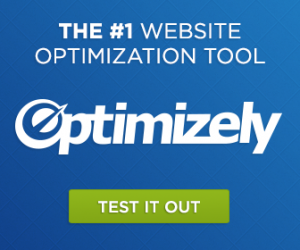Search Engine Marketing SEM campaigns can be a powerful tool for driving targeted traffic and increasing conversions for businesses. However, to maximize the potential of Pay-Per-Click PPC advertising, it is crucial to implement best practices that ensure your campaigns are both effective and efficient. Here are some essential strategies for creating SEM campaigns that convert. First and foremost, keyword research is the foundation of any successful PPC campaign. Begin by identifying keywords that are relevant to your business and have a high likelihood of converting. Utilize tools like Google Keyword Planner, SEMrush, or Ahrefs to discover search terms your target audience is using. Focus on long-tail keywords, as they tend to have less competition and higher intent, meaning users searching for them are more likely to convert. Once you have identified your keywords, organize them into tightly themed ad groups. This allows you to create highly relevant ads tailored to specific search queries, enhancing both the quality of your ads and the user experience.
Next, crafting compelling ad copy is crucial. Your ad should clearly communicate the value proposition and entice users to click. Use action-oriented language, include a strong call to action CTA, and make sure to highlight any unique selling points USPs your product or service offers. Additionally, A/B testing different ad variations can provide valuable insights into which messages resonate most with your audience. By analyzing performance metrics, you can optimize your ad copy and focus on what drives the highest conversion rates. Another key aspect of PPC success is optimizing landing pages in baidu seo company hong kong. Once a user clicks on your ad, they should be directed to a landing page that aligns with their expectations set by the ad. Ensure that the landing page is relevant to the ad content, provides clear information, and has a simple and intuitive layout. Incorporate elements such as persuasive headlines, engaging visuals, and concise, informative content that guides users toward conversion. Tracking and analyzing performance metrics are essential for ongoing SEM campaign success.
Regularly reviewing these metrics allows you to identify trends, understand user behavior, and make data-driven decisions for optimization. Moreover, consider the importance of ad extensions. Utilizing ad extensions, such as site link, callout, and structured snippet extensions, can enhance the visibility of your ads and provide additional information to potential customers. This not only improves your ad’s click-through rate but also allows you to occupy more real estate on the search engine results page, making your ad more prominent compared to competitors. Lastly, keep an eye on the competition. Regularly conducting competitive analysis can provide insights into industry trends, successful strategies, and potential areas for improvement. In conclusion, successful SEM campaigns require a strategic approach that encompasses thorough keyword research, compelling ad copy, optimized landing pages, meticulous tracking, and ongoing competitive analysis. By adhering to these best practices, businesses can create effective PPC campaigns that not only drive traffic but also convert leads into customers, ultimately leading to sustainable growth and increased profitability.


